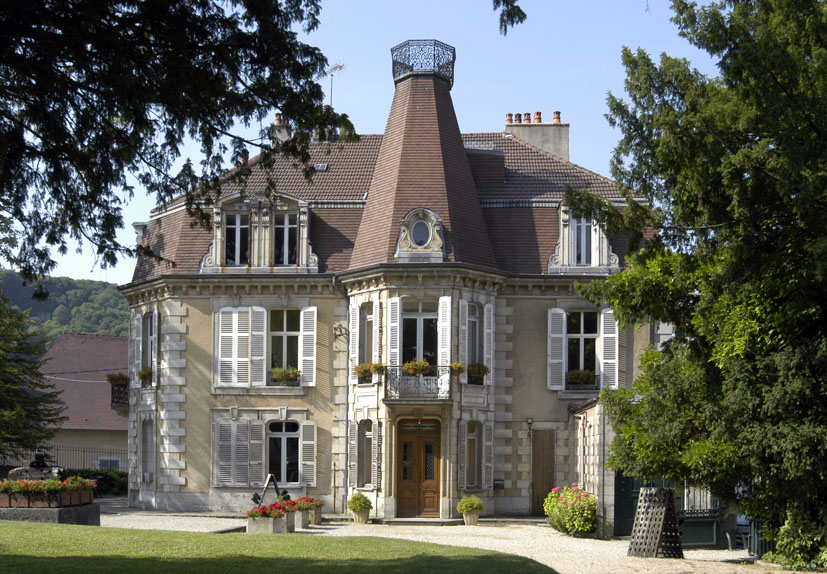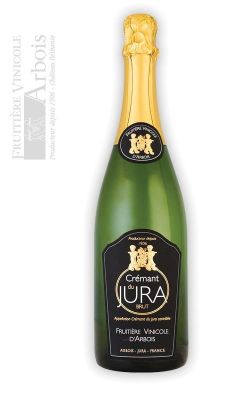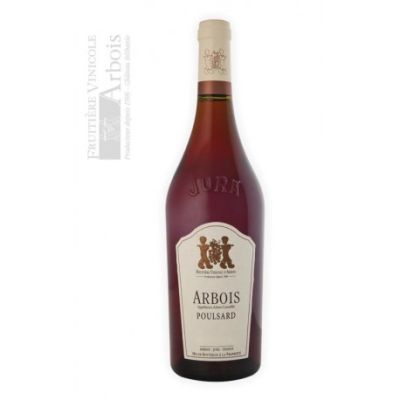
La Fruitière Vinicole d'Arbois vous accueille pour une expérience au coeur du vignole Jurassien
Nos meilleures ventes
Une des premières coopératives vinicoles de France


La Fruitière Vinicole d’Arbois est une des premières caves coopératives vinicoles de France, créée sous l’impulsion de 31 vignerons Arboisiens le 4 janvier 1906. A cette époque, le vignoble vient d’être détruit par le phylloxéra et le marché du vin est occupé par des vins médiocres sans mention d’appellation d’origine. Les vignerons de la Fruitière décident donc d’apporter une réponse collective et qualitative.
Une démarche de recherche de qualité contribue à l’obtention de la première AOC française pour les vins d’Arbois le 15 mai 1936, suivie quelques années plus tard par l’AOC Côtes du Jura.
Installée depuis l’année 1969 au cœur d’Arbois, elle s’équipe rapidement d’un chai et d’installations de vinification de haute qualité, en même temps qu’elle s’oriente vers une viticulture respectueuse de l’environnement en pratiquant une agriculture raisonnée. Depuis, d’autres méthodes, comme l’agriculture biologique, sont pratiquées par quelques coopérateurs au sein de la coopérative.
C’est aujourd’hui encore une aventure d’hommes et de femmes qui travaillent chaque jour avec soin et passion pour vous offrir l’authenticité et l’identité forte des vins d’Arbois. La Fruitière Vinicole d’Arbois réunit actuellement près de 85 coopérateurs sur une superficie vinicole d’environ 288 hectares, pour une production annuelle d’environ un million et demi de bouteilles.


